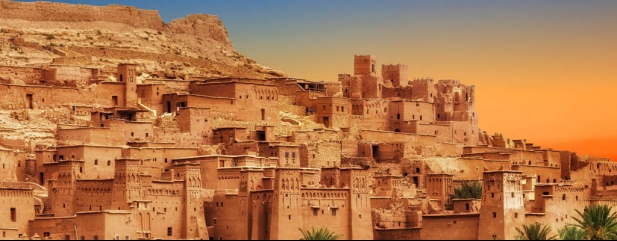Archived article
Please note that tax, investment, pension and ISA rules can change and the information and any views contained in this article may now be inaccurate.
The final frontier of investing

AJ Bell is an easy to use, award-winning platform Open an account
We've accounts to suit every investing need, and free guides and special offers to help you get the most from them.
You can get a few handy suggestions, or even get our experts to do the hard work for you – by picking one of our simple investment ideas.
All the resources you need to choose your shares, from market data to the latest investment news and analysis.
Funds offer an easier way to build your portfolio – we’ve got everything you need to choose the right one.
Starting to save for a pension, approaching retirement, or after an explainer on pension jargon? We can help.
Please note that tax, investment, pension and ISA rules can change and the information and any views contained in this article may now be inaccurate.

Most people will be familiar with the term emerging markets but what about frontier markets? These are the countries like Sri Lanka and Croatia which sit in the category just below ‘emerging’.
Markets are placed in one of three categories – developed, emerging, or frontier – based on criteria such as the level of economic development, the size and liquidity of their capital markets plus how accessible they are to international investors.
According to index provider MSCI levels of economic development are not used to distinguish between frontier and emerging markets (with this measure only used to delineate developed markets) ‘given the very wide variety of development levels within each of these two universes’.
Status is instead determined by a series of other tests. As at May 2020 to achieve ‘frontier’ classification, alongside other metrics, a market had to include two companies with a valuation of at least $700 million, have at least some openness to foreign ownership with some capacity for capital inflows and outflows.
By comparison an emerging market had to have at least three companies with a market cap of $1.4 billion and have ‘significant’ openness to foreign ownership.
Companies do graduate from the frontier to emerging classification, the latest example being Kuwait which achieved its ‘promotion’ in November 2020.
MSCI aims to set the bar high, noting the intention is that such movements are ‘irreversible’. However, there are examples of markets going the other way. In 2013 Morocco moved from emerging to frontier status.
The pie chart shows the MSCI Frontier Markets index is dominated by Vietnam which has a weighting of nearly 30%.
These articles are provided by Shares magazine which is published by AJ Bell Media, a part of AJ Bell. Shares is not written by AJ Bell.
Shares is provided for your general information and use and is not a personal recommendation to invest. It is not intended to be relied upon by you in making or not making any investment decisions. The investments referred to in these articles will not be suitable for all investors. If in doubt please seek appropriate independent financial advice.
Investors acting on the information in these articles do so at their own risk and AJ Bell Media and its staff do not accept liability for losses suffered by investors as a result of their investment decisions.
The value of your investments can go down as well as up and you may get back less than you originally invested. We don't offer advice, so it's important you understand the risks, if you're unsure please consult a suitably qualified financial adviser. Tax treatment depends on your individual circumstances and rules may change. Past performance is not a guide to future performance and some investments need to be held for the long term.
 magazine
magazine